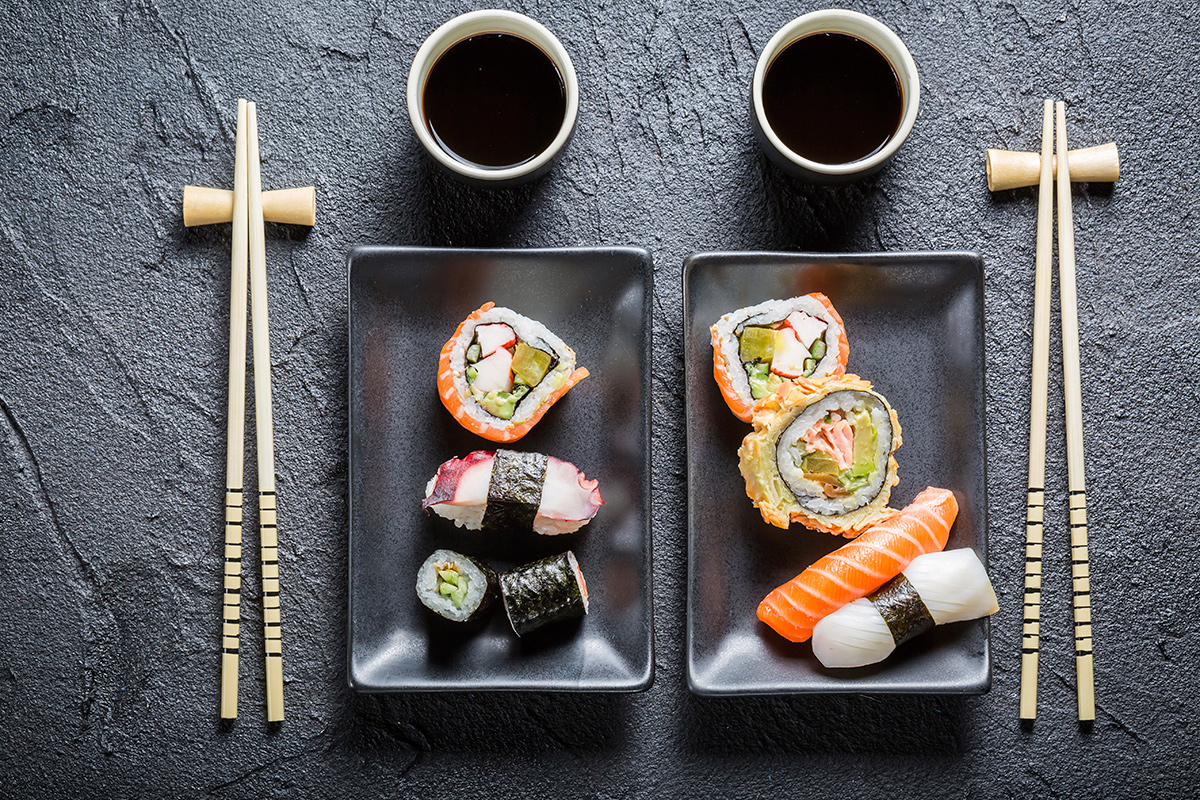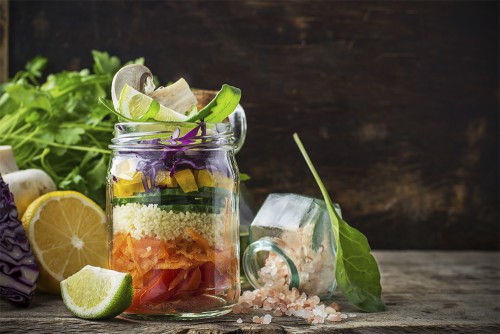The Japanese population has long been heralded as one of the healthiest and longest living groups of people on Earth. There are many factors that contribute to this impressive label, although there is not a stand-alone formula to achieve it. However, eating a traditional Japanese diet definitely seems to be one of the main components to a long and healthy life.
Long and Healthy Life
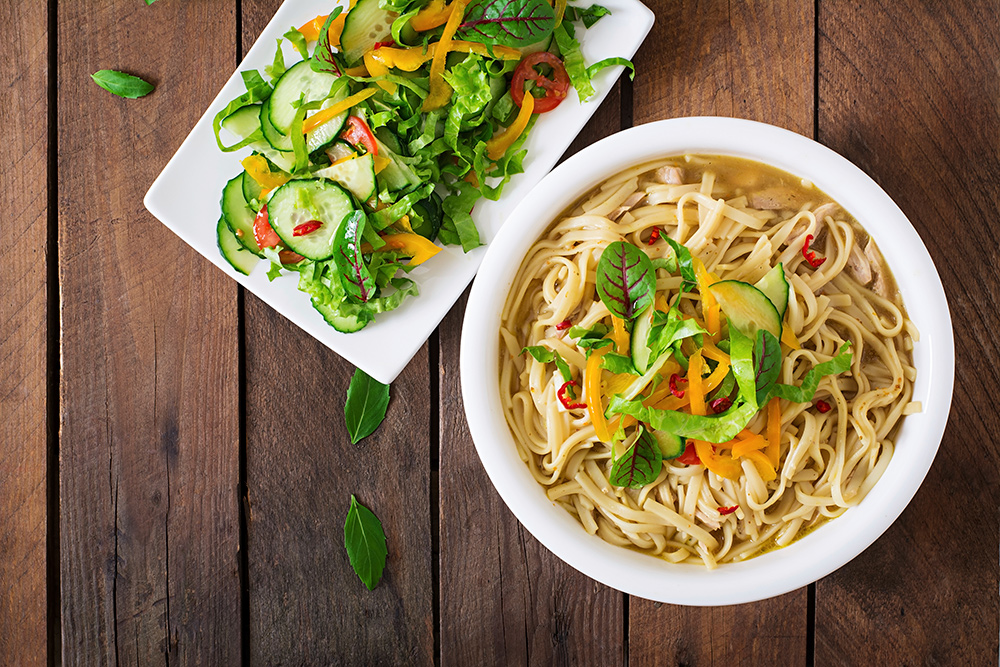
One fairly obvious reason the traditional Japanese diet is so nutritious is due to the fact that it emphasizes a wide variety of vegetables. Fresh seasonal produce is front and center and the Japanese believe it is beneficial to eat a colorful variety of foods at each meal. This philosophy in and of itself should be the basis of any healthy diet. Many featured vegetables such as daikon, seaweed, and shiitake are very flavorful yet low in calories, high in fiber, and packed with vitamins and minerals.
Japanese Cuisine
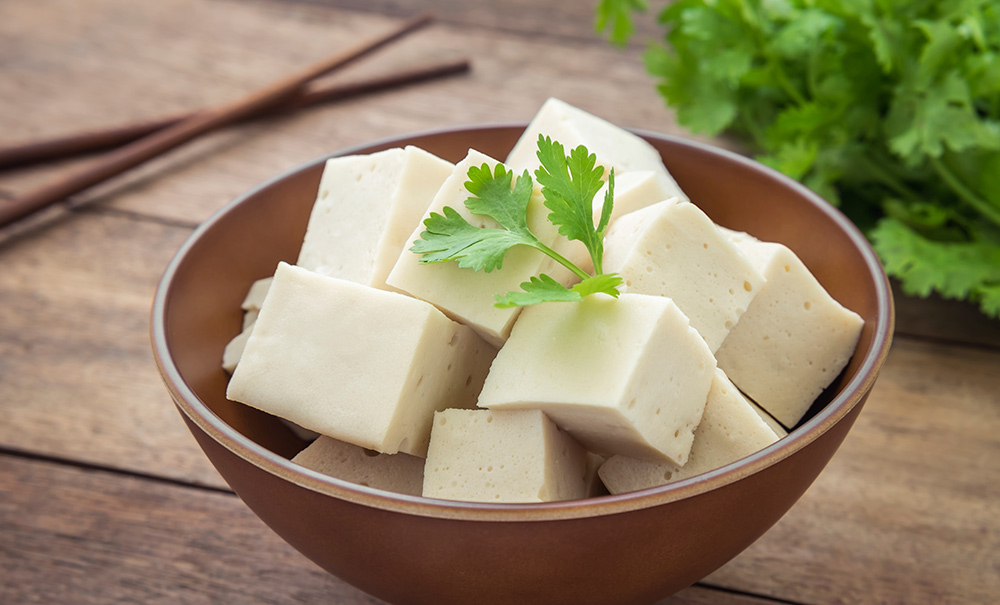
Protein choices are also an important factor in the healthful nature of the Japanese cuisine. Protein powerhouses such as tofu, beans, and fish have been dietary staples for centuries. When red meat was introduced to Japan in the late 19th century, it was added to the diet in moderation but did not replace other protein sources. Today, that approach continues and when red meat is consumed, it is usually served with larger portions of vegetables and tofu.
LIttle and Often
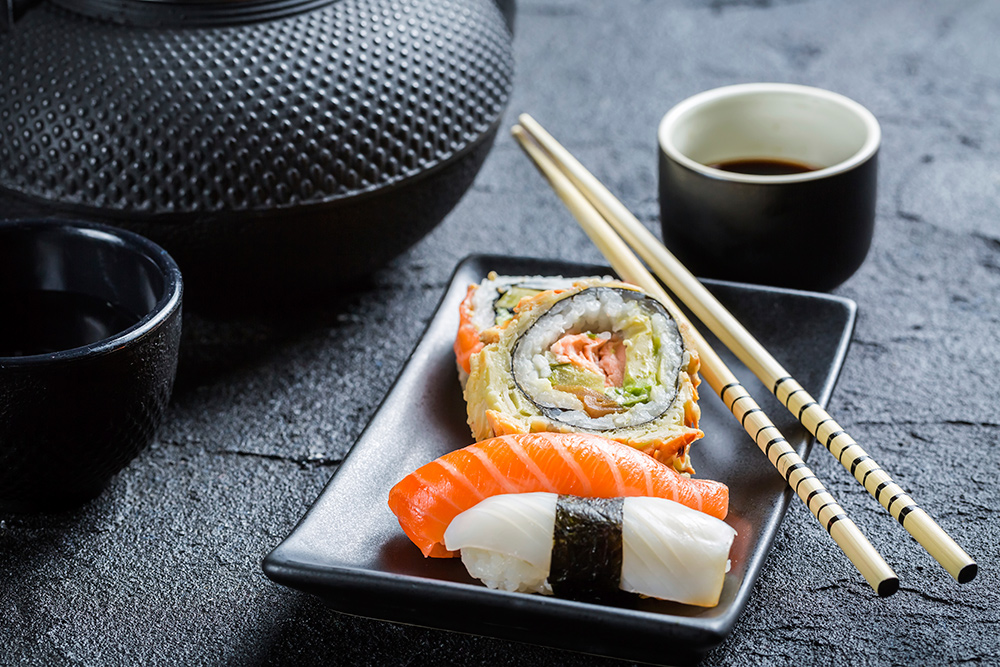
One of the healthiest aspects of the Japanese diet actually has little to do with the food itself and instead focuses on modest portion sizes and a variety of foods consumed. The average person in Japan eats around 15 to 20 different types of food per day, although nutritionists there often urge clients to aim for around 30 in small portions. These amounts may sound a bit excessive or intimidating in our culture, but Japanese diners have no problem reaching them.
Everything in Moderation
Moderation is essential to a healthy Japanese diet and should be encouraged no matter what is being consumed. For example, when something fried like tempura is served, a few pieces are enjoyed alongside many other dishes, which becomes a fairly balanced meal overall. Most Japanese people maintain a slim physique and experts point to the fact that instead of employing deprivation, they enjoy whatever might strike their fancy but in small quantities and balanced with more healthy options.
Food presentation is essential to the overall experience of a meal, as is the attention to using appropriately sized tableware. In contrast to the huge portions served in most Western establishments, a moderate amount of food is presented, neither too much nor too little.
So, next time you choose a diet, try eating like the Japanese for a month and see what happens! If you don’t believe us, take a look at this trailer for comedian Craig Anderson’s insightful documentary Miso Hungry which tracks his weight loss by eating Japanese food for 12 weeks.

